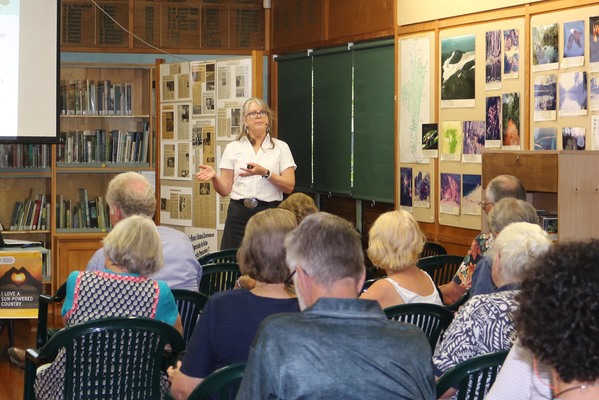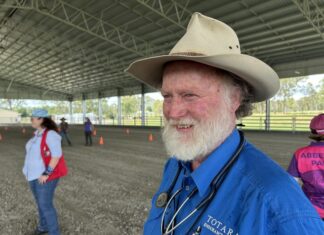By Margaret Maccoll
Noosa Council is negotiating with the State Government in a bid to ward off the danger imposed by boats and jet skis speeding dangerously close to swimmers, and says a lack of regulation is allowing waste from houseboats to be dumped into Noosa River.
In addition, a 2016 survey of 132 industrial businesses coupled with changes in government policy that allows self-regulation of environmental behaviour found “an alarming level of non-compliance”.
Council officer Jan Maddin spoke at the Noosa Parks Association’s Friday Forum on findings from her seven-year investigation into the Noosa River and outlined the draft Noosa River Plan.
Jan said issues facing the river could be categorised into three types – rural runoff and pollution from other sources, accommodating an increasing population of boat and river users and preparing for the effects of climate change.
On top of an estimated 88 per cent of 2.3million tons of sediment that has entered the river in the Kin Kin region between 2008 and 2015 and an annual collection of about five tons of rubbish, mostly plastic, of great concern is the effluent dumped from boats.
Jan said there were 17 river moorings with “live on board” approvals and many others living on boats without approvals.
Mooring fee on Noosa River is $50 per year.
There are only two public pump outs and one for Noosa Yacht Club members where residential boats can legally dump waste. When Jan asked how many boats use pump outs she was told only two at the public pump out and one at the Yacht Club.
“We get complaints about waste tanks. People in kayaks see stuff coming out of boats. When we take the complaints to Maritime Safety they ask, have you got any evidence,” she said.
With population increases, the river will only become busier. There are 53,000 Noosa residents. During holidays the numbers increase to 110,000 with 97,000 day visitors. There is a quarter of a million registered boats or jet skis in Queensland.
Noosa caters to boat owners with an infrastructure including 687 private jetties, 21 public jetties, seven boat ramps and 112 buoy moorings.
Jan said both Maritime Safety and the Water Police patrol the river but it was impossible for them to cover the entire area.
Her investigations show with an initial investment of $260,000 and ongoing costs of $140,000 a year council could manage the river.
“If we had a boat, 95 per cent of these problems could go away,” she said.







